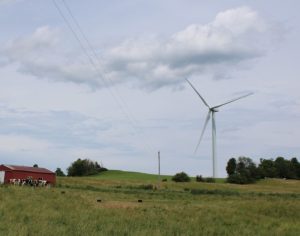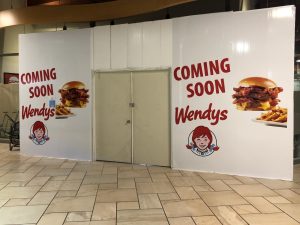The Federal Reserve Bank of New York on April 17 launched a new Community Advisory Group (CAG), comprised of leaders of nonprofit and community organizations from across the Federal Reserve’s Second District.
CAG members will provide the New York Fed a “real-time view of the issues faced by a diverse set of communities across the Second District,” it said in a news release.
The Second Federal Reserve District includes New York state, the 12 northern counties of New Jersey, Fairfield County in Connecticut, Puerto Rico, and the U.S. Virgin Islands.
(Sponsored)

Ask the Expert: Solving Your Workforce Challenges with Registered Apprenticeship
Finding skilled workers isn’t getting any easier. Whether you’re facing retirements, turnover, or a lack of qualified candidates, you’re not alone. Businesses across every industry are struggling to fill critical

Financial Inclusion through Affordable and Safe Banking Products
Financial inclusion is the accessibility of useful and affordable financial products and services to all individuals and businesses. Financial institutions have made strides in advancing these practices, most recently in
The 12 members of the new CAG include Kate Fish, executive director of the Adirondack North Country Association (ANCA), a nonprofit, regional economic-development organization. ANCA was founded in 1955.
The CAG’s first meeting took place on April 19.
“The New York Fed’s region is home to incredibly diverse populations. The Community Advisory Group will offer critical, firsthand insight about the economic opportunities and challenges they are experiencing. This will fill knowledge gaps about how various groups are faring, which can inform our programs and research,” Anand Marri, VP for outreach and education at the New York Fed, said in the release.
CAG members were selected based on their experience and expertise, and their ability to represent specific communities — such as youth, seniors, veterans, immigrants, and rural populations, the New York Fed said. The initial group of CAG members includes leaders in community development, community investment, financial inclusion, and workforce development.



